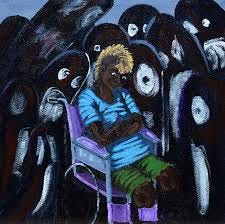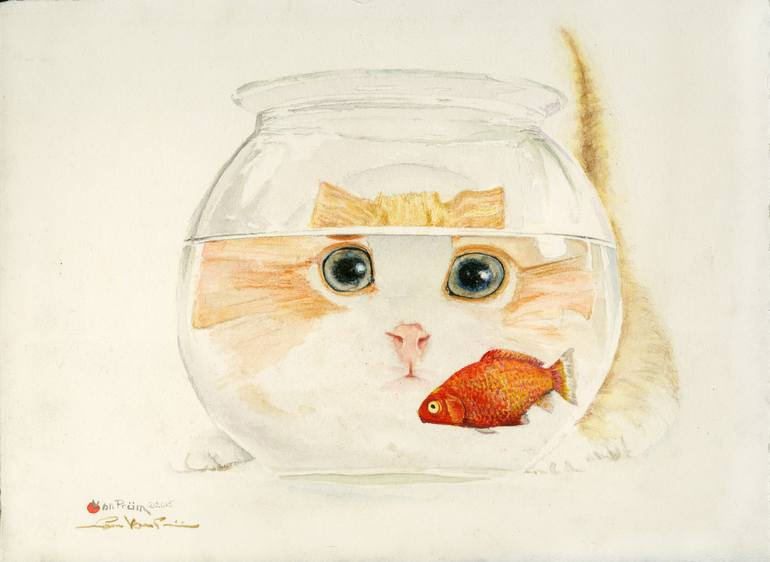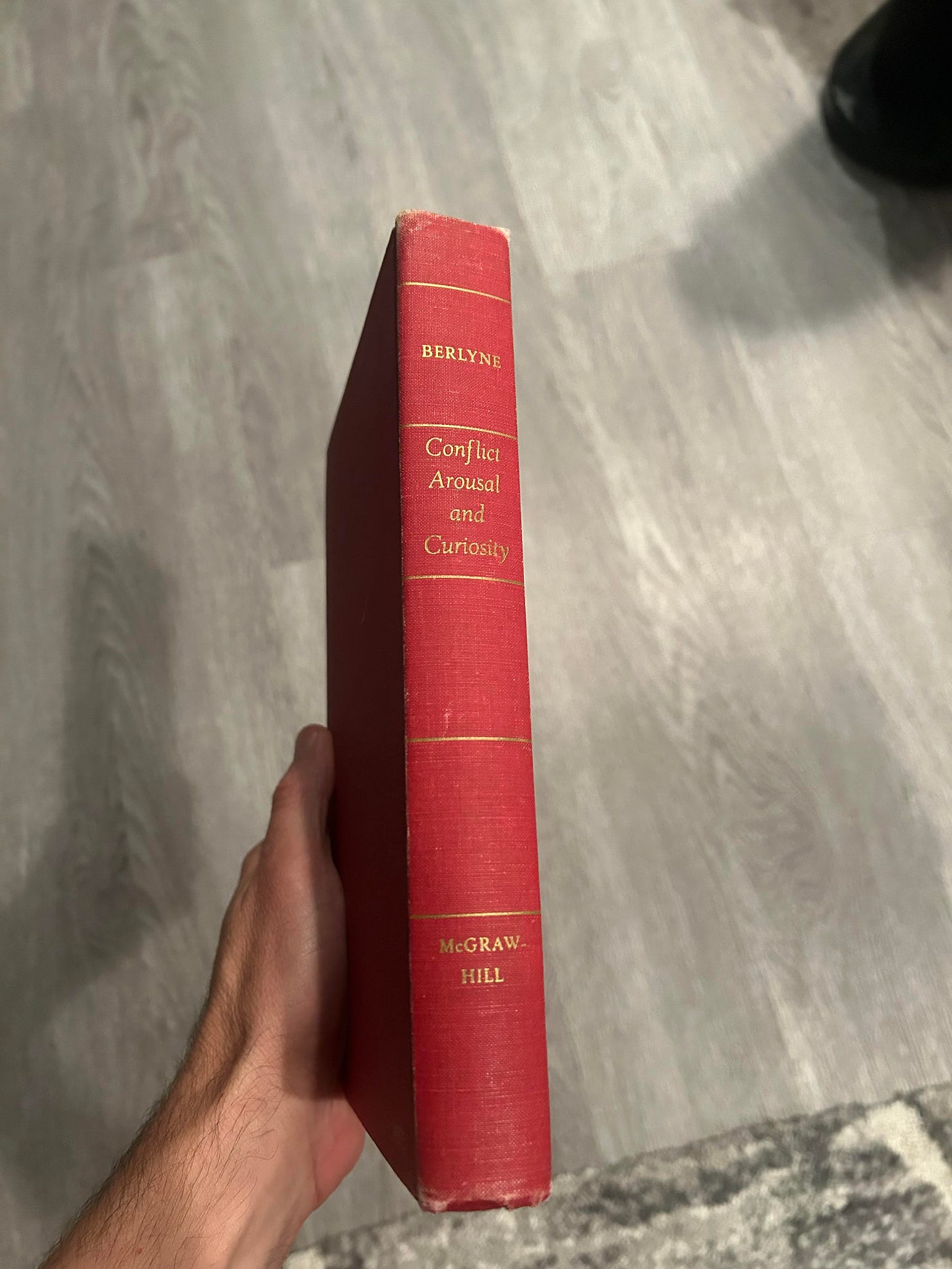Rethinking Social Anxiety, Curiosity, and Purpose in Life
Major Scientific Influences that Have Yet To Catch On
Provoked has readers in all 50 US states + 102 countries. To support this work upgrade to a paid subscription. You get: (1) archives with 100+ posts, (2) early access to research and new books, (3) teaching/workshop exercises, (4) very personal essays, (5) Q&A forums with me, & more.
Approaching my 50th birthday, I'm reflecting on my career - the rewards, the sacrifices, and my influences. My Well-Being Laboratory has delved into various topics over two decades, including curiosity, meaning in life, resilience, psychological strengths, and coping with anxiety and stress - available for free here. These topics were not of my invention. They were inspired by researchers and scientific articles that transformed me.
This is the first in a series about those influences. Here I intentionally selected articles that you might not have read in hopes that you do.
Rethinking Social Anxiety
Sociometer theory suggests that our self-esteem serves as a gauge, measuring the extent to which we feel accepted or rejected by others. This is a big departure from the idea that self-esteem merely reflects how much we like or dislike ourselves. This theory has pushed scholars to explore the roles of self-esteem beyond mere ego-defense or anxiety reduction. It has shed light on the fact that our sense of self is a derivative of how other people affect me. How we interpret and react to interpersonal rejection is the primary determinant of our self-worth. This means that trying to improve someone's self-esteem without addressing their social world is a foolish approach. Dr. Mark Leary later extended this theory, portraying social anxiety as an evolutionarily adaptive early warning system for potential social threats. This perspective makes the pain associated with social anxiety more understandable. It allows us to view the pain as purposeful, regardless of how much we want it to go away.

I am still amazed at how rarely this framework is used when discussing self-esteem or social anxiety. Mind blowing stuff here:
Leary, M. R., Tambor, E. S., Terdal, S. K., & Downs, D. L. (1995). Self-esteem as an interpersonal monitor: The sociometer hypothesis. Journal of Personality and Social Psychology, 68(3), 518-530.
Rethinking Curiosity
In graduate school, I found a little red book in a used bookstore on Bleeker Street in New York City titled, Conflict, Arousal and Curiosity by Dr. Daniel Berlyne. I bought it for less than $2. Who knew this 1960 book would change my life trajectory?
He proposed an intriguing idea: human (and non-human animal) curiosity is best captured as a U-shaped curve dance between novelty and arousal. Imagine arousal levels rising when we encounter something very high in novelty or overly familiar. When we're under-stimulated, we get bored. And when we're bored, we start looking around for anything that might spike our energy levels. This is what Berlyne called 'diversive exploration.' On the other hand, when we're over-stimulated, we zero in on the exact thing that's piquing our interest. Berlyne called this 'specific exploration.' This richly textured view of curiosity sadly didn't catch on until decades later.

Try to imagine a young graduate student reading Berlyne's groundbreaking work and writing a single question on his first year final paper in the class Psychological Assessment, "What happens to residual, unsatisfied curiosity?" I still have my paper. 26 years later, I am still exploring the answers to this question. Which is exactly what I said I would do in Dr. Sid Shrauger's 1998 class.
Berlyne, D. E. (1978). Curiosity and learning. Motivation and Emotion, 2, 97-175.
Rethinking Purpose in Life
To understand well-being, you must acknowledge how the causes and consequences depend on a person's life stage. In youth, purpose is primarily driven by goal-directed activities - extracurricular school activities, travel, and hobbies. As we navigate midlife, relationships become the rudder guiding our purpose. In our later years, these relationships continue to anchor our purpose, their significance intensifying.
This profound understanding by Dr. Carol Ryff still gets routinely ignored nearly 30 years later.
Ryff, C. D., & Heidrich, S. M. (1997). Experience and well-being: Explorations on domains of life and how they matter. International Journal of behavioral development, 20(2), 193-206.
Provocations
It is a cliché to mention how scientists stand on the shoulders of giants. But it’s true. What interests me greatly is how you will respond to the content that influenced me, just as how I might respond to your list. We often forget the power of luck in our mission. I read these works at the right time in my life. I gravitated to particular journal issues and book titles that drove me to pursue certain questions about humanity over others.
The reason I love stories involving counterfactuals - The Butterfly Effect or What If The Moon Didn’t Exist? - is the reminder that much of life is beyond our control. It frees us from excess rumination and regret. It amplifies gratitude for moments when things go right. In this case, I am truly grateful for bumping into Mark Leary, Daniel Berlyne, and Carol Ryff - and opportunities to share my love for two of their minds in person.
In the next few issues I’ll share more about what shaped my half century mark on Earth. Don’t want to miss an issue? Click here.
For Paid Subscribers:
Access work by each of the influential scientists mentioned above. You can download the content below. Plus I have a bonus book deal for you…




